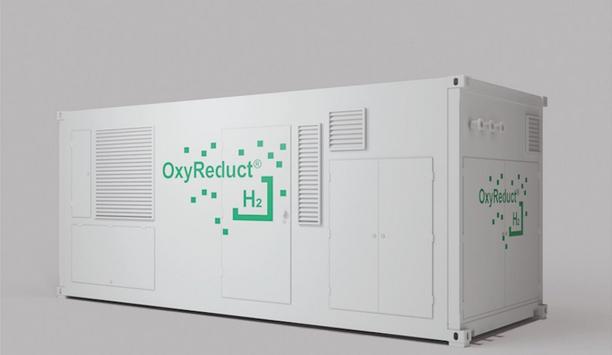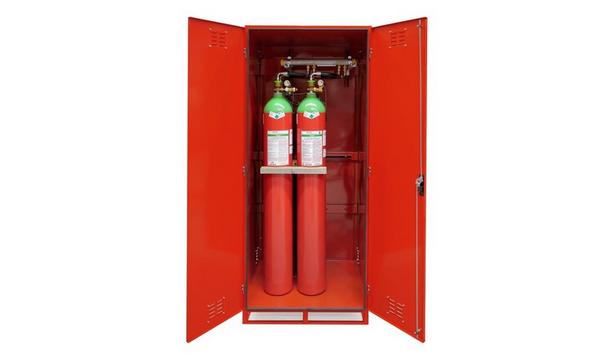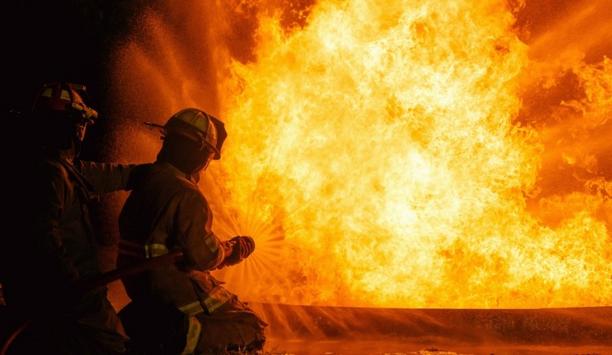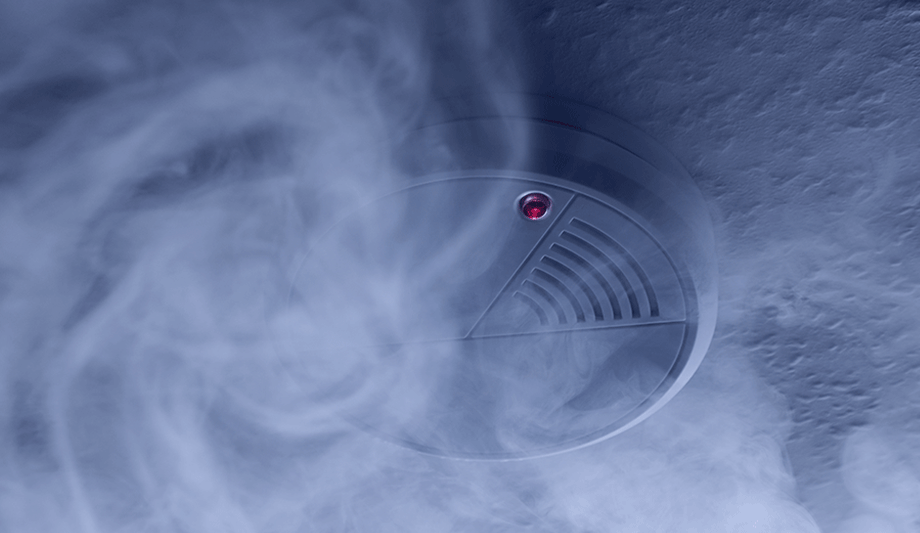Hunter supports Firefighter Cancer Awareness Month currently being promoted internationally, and the efforts being made across the UK and Ireland to improve the future long-term health outcomes for our firefighters. Recent ground-breaking research revealed the serious health risks to UK firefighters following exposure to toxic fire effluents, the chemicals emitted during a fire, in an independent University of Central Lancashire (UCLan) report commissioned by the Fire Brigades Union (FBU).
The work is the UK's first and the latest in a growing body of international evidence suggesting an increased risk of firefighters developing cancer and other diseases. Fires produce a cocktail of toxic, irritant, and carcinogenic chemicals in the form of aerosols, dust, fibers, smoke, and fumes or gases and vapors.
Survey By FBU And UCLAN
Firefighters are still being exposed to toxic contaminants during and after a fire, as cancer-causing chemicals remain on PPE clothing The report includes a summary of UCLan’s testing on-site at 18 fire stations as well as over 10,000 responses to a national firefighter survey run jointly between the FBU and UCLan.
Indoor air testing at a number of fire stations and training centers highlighted that UK firefighters are still being exposed to the high levels of toxic contaminants during and after a fire, as cancer-causing chemicals remain on PPE clothing, equipment, and elsewhere at the fire ground. Test samples revealed carcinogens inside firefighters’ helmets, on PPE, and even on breathing apparatus mask filters.
Key Findings
More than 10,000 currently-serving firefighters were surveyed in order to better understand UK decontamination practices and the prevalence of illness, revealing:
- 1% of survey respondents had already been diagnosed with cancer, compared with less than 1% of the general population. Three quarters have served for at least 10 years before receiving their diagnosis. More than half were under the age of 50 and a fifth were under 40.
- Of those diagnosed, 26% have skin cancer, the most common, followed by testicular cancer (10%), head and neck cancer (4%), and Non-Hodgkin’s lymphoma (3%).
- Half of the survey respondents don’t think their fire service takes decontamination practices, including cleaning PPE and equipment, seriously.
- 1 in 5 of the survey respondents store their fire gloves in their boots, 1 in 5 stores in their pockets, and 1 in 10 stores in their helmet, risking the transfer of toxic contaminants directly to the skin.
- Nearly half of the survey respondents felt there was a badge of honor attitude in the service, particularly when emerging from fires with contaminants on their PPE or face as a sign of hard work.
The problem of firefighter cancer is not going to go away until collectively address the problem and protect the immediate and long-term health of the firefighters.















